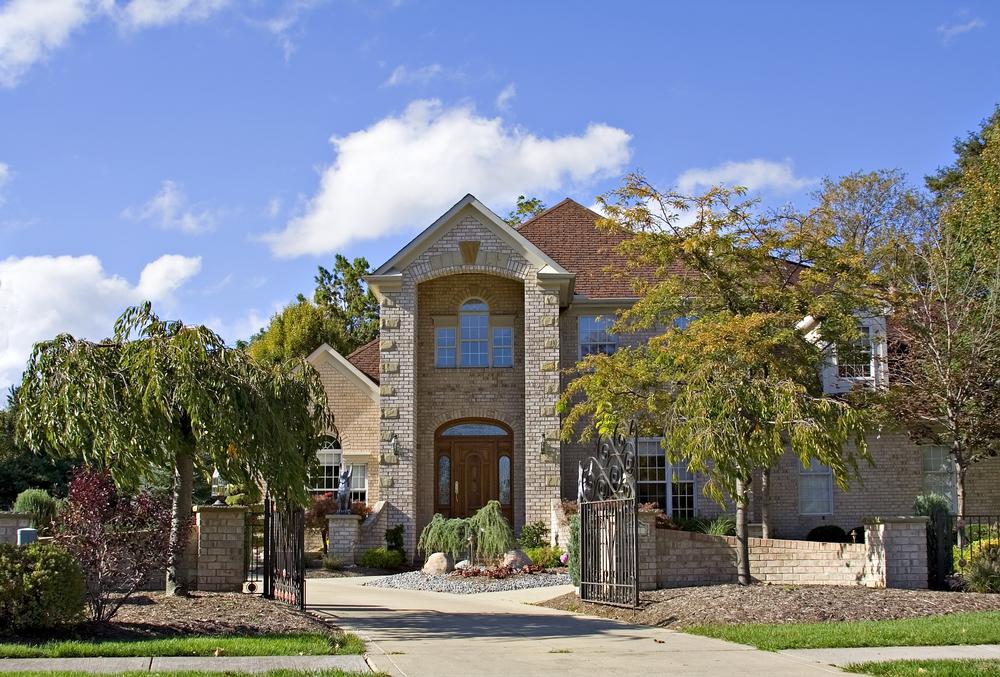Since the suburban boom of the post–World War II era, parents of means have moved from cities to affluent areas with better schools. Despite what facile style section pieces tell you, this has long been a trend. But a new analysis of census data featured in the Wall Street Journal shows that wealthy people with kids are now twice as likely to segregate themselves from the poor than they were in the 1970s. Conversely, poor families now cluster together as well.
According to an analysis of census data by Kendra Bischoff of Cornell University and Sean Reardon at Stanford University, the proportion of families living in affluent areas doubled from 1970 to 2009—it went from 7 to 15 percent. At the same time, the percentage of families living in poor areas also more than doubled—it went from 8-18 percent.
So what’s going on here? Why are more affluent Americans with children clustering together now than they did in the ‘70s? Presumably wealthy people have always wanted their kids to live in areas that had good public schools and low crime rates—what’s changed?
I asked my former colleague Tim Noah, contributing writer for MSNBC and the author of The Great Divergence: America’s Growing Inequality Crisis and What We Can Do About It, why he thinks more wealthy families are now living in affluent communities than they did 40 years ago. He wrote in an email:
It seems to me there is something new here, which is the success the affluent realize in achieving their goal of homogeneity. When my parents escaped to the suburbs (New Rochelle, N.Y.) shortly before I was born in 1958, that allowed me to grow up in an affluent suburb with many more people like me than would have been the case had they stayed in Flushing, Queens. But there were still some people who weren’t like me—Italian-American working-class kids, for instance, and low-income black kids (the latter part of the first court-ordered busing program imposed on the North after Brown v. Board of Ed). Residential patterns and government anti-discrimination policy limited the extent to which you could cocoon yourself.
But now, busing is a thing of the past, and Americans, Noah says, have spent the last 40 years sorting themselves into more homogeneous neighborhoods. Strategic zoning and restrictions on construction have also helped this segregation along. Slate contributor Dana Goldstein pointed out in a post about “Hipsturbia” (the nickname the New York Times has given to hip, wealthy suburban New York towns) that those affluent towns have stayed so uniformly affluent because they deliberately exclude affordable housing. Noah makes a similar argument in an article he wrote for Washington Monthly, where he points out that:
Tight restrictions on housing construction don’t keep out the affluent (who continue to migrate to places like Boston and New York and San Francisco). But they do reduce available housing for working people. In its most extreme form, zoning has, in certain gaudily affluent neighborhoods, become a tool for maximizing the size of single-family McMansions.
If we continue in this pernicious self-segregating pattern, the Wall Street Journal notes, wealthy communities will just get richer from fat tax payments, while poor communities will continue to get the short straw on schools, parks, and other amenities. In his Washington Monthly article, Noah argues that this income-based segregation has led to a less-mobile workforce, because lower income people can’t afford to live where the jobs are.
The one minor hopeful note here is that millennials—the generation just starting to have kids now—say they want to stay in cities, where communities tend to be more socioeconomically diverse. Maybe they’ll do their part and make their kids attend mediocre public schools for the good of society. Though maybe they’ll just be pushing more low-income people out.
